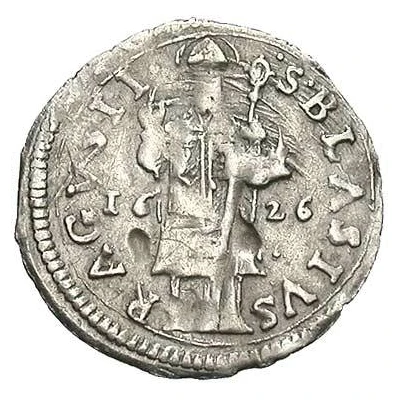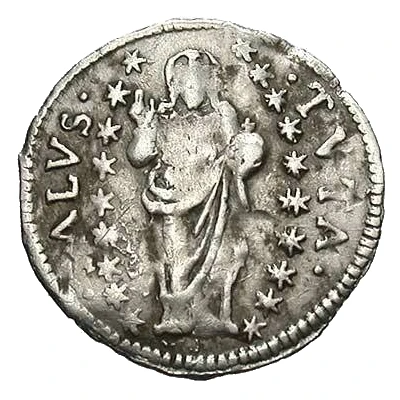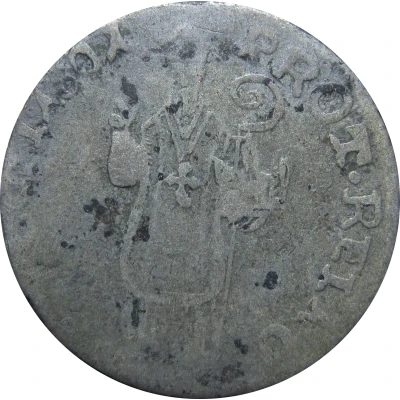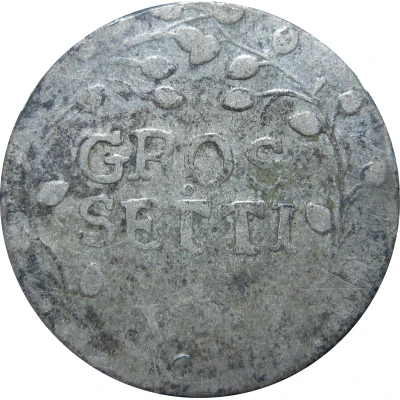
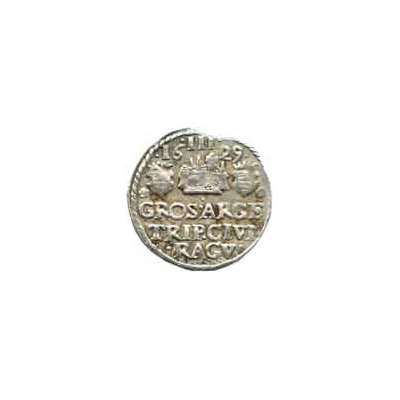

© AUREA Numismatika
3 Grosetti Alltilucho
| Silver | 1.82 g | 21 mm |
| Issuer | Republic of Ragusa (Croatian States) |
|---|---|
| Period | Republic (1294-1803) |
| Type | Standard circulation coin |
| Years | 1627-1701 |
| Value | 3 Grosetti (1⁄20) |
| Currency | Tallero (1294-1803) |
| Composition | Silver |
| Weight | 1.82 g |
| Diameter | 21 mm |
| Shape | Round |
| Demonetized | Yes |
| Updated | 2024-10-04 |
| Numista | N#86525 |
|---|---|
| Rarity index | 87% |
Reverse
In upper part town, above town there is number III. On the left side and on the right side of the number is date. Under date two Coats of Arms of Ragusa. Lettering in three lines in the lower half of the coin.
Script: Latin
Lettering:
・III・
・(ye ar)・
GROS・ARGE
TRIP・CIVI
・RAGV・
Translation:
GROS(sus) ARGE(nteus) TRIP(lex) CIVI(tatis) RAGV(sii)
Silver triple grosseto of the Town of Ragusa
Edge
Plain
Comment
Alltilucho (in Croatian: artiluk) is 20.5-22.5 mm in diameter and weights around 1.822 g (1.15 - 2.22 g)Variations exist in the form of differences on the head of St. Blase (opened or closed eyes, aureole or with aureole, variuos mustaches) or on the town appearance (with or without port, different tower height). Outer circle around the coin can be made of one or two lines.
Interesting fact
The 3 Grosetti coin from the Republic of Ragusa (Croatian States) is interesting because it was used as a form of currency during a time when the Republic was experiencing significant economic growth and cultural development. The coin's design features the image of St. Blaise, the patron saint of Dubrovnik, and the inscription "S. BLASIUS. D. G. R. RAGVSA" which stands for "St. Blaise, protector of the Republic of Ragusa." This coin was minted during the reign of Ivan III Gundulić, who was a prominent leader and patron of the arts. The use of silver in the coin's production also speaks to the region's rich mineral resources and the importance of trade in the economy. Overall, this coin serves as a small but fascinating window into the history and culture of the Republic of Ragusa during the 17th century.
